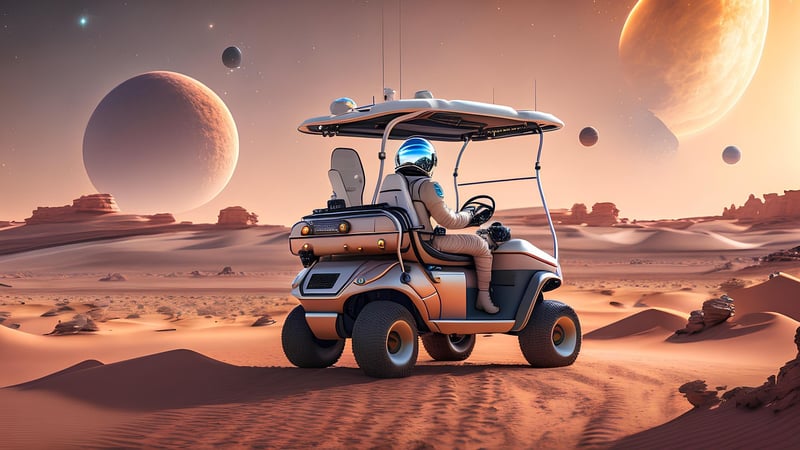Exoplanet Habitability
Exploring Planets Beyond Our Solar System
As our understanding of the universe expands, scientists have made remarkable discoveries of planets beyond our own solar system, known as exoplanets. These distant worlds, orbiting stars other than our sun, offer fascinating insights into the diversity of planetary systems in the cosmos.
Types of Exoplanets
Exoplanets come in various types, including:
- Hot Jupiter: Gas giants that orbit close to their parent stars.
- Super-Earth: Rocky planets larger than Earth but smaller than Neptune.
- Water World: Planets with a significant amount of water in their composition.
- Exoplanet Moons: Moons orbiting planets outside our solar system.
Search Methods
Scientists use various techniques to detect exoplanets, such as:
- Transit Method: Observing the dimming of a star as an exoplanet passes in front of it.
- Radial Velocity Method: Detecting wobbles in a star's motion caused by an orbiting planet's gravitational pull.
- Direct Imaging: Capturing images of exoplanets using advanced telescopes.
Exoplanet Habitability
One of the most intriguing questions in exoplanet research is the potential habitability of these distant worlds. Factors that influence habitability include:
- Distance from Star: The habitable zone where conditions are suitable for liquid water to exist.
- Atmosphere Composition: Presence of gases conducive to life, such as oxygen and nitrogen.
- Surface Conditions: Temperature, pressure, and geological activity that support life forms.
Image Gallery
Explore stunning visuals of exoplanets:


Conclusion
Studying exoplanets opens up a world of possibilities and challenges our understanding of the universe. With advancing technology and innovative research methods, we continue to unravel the mysteries of these distant worlds, bringing us closer to answering fundamental questions about the cosmos.
Keep looking up to the stars, as there are countless wonders waiting to be discovered beyond our solar system!
